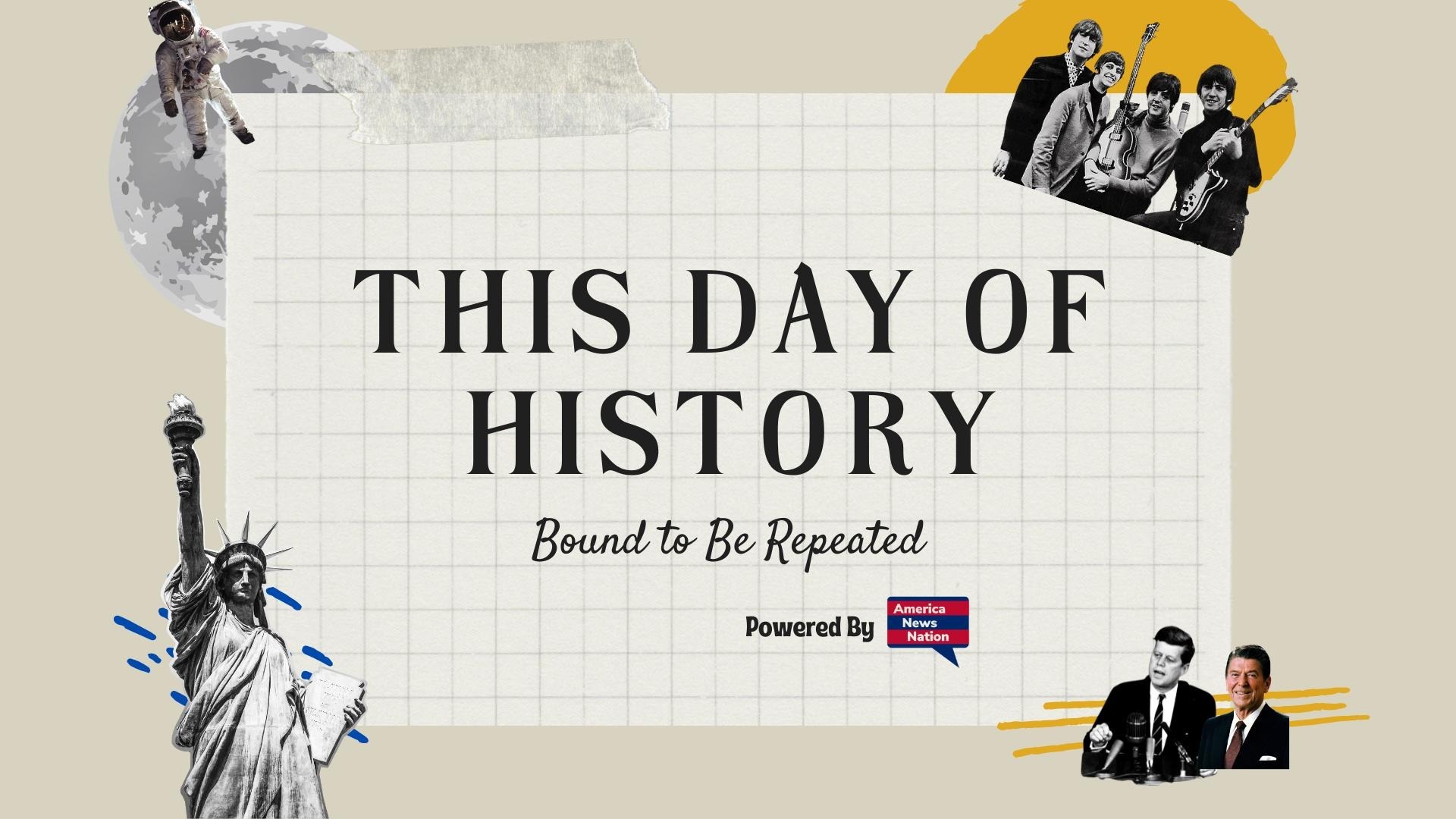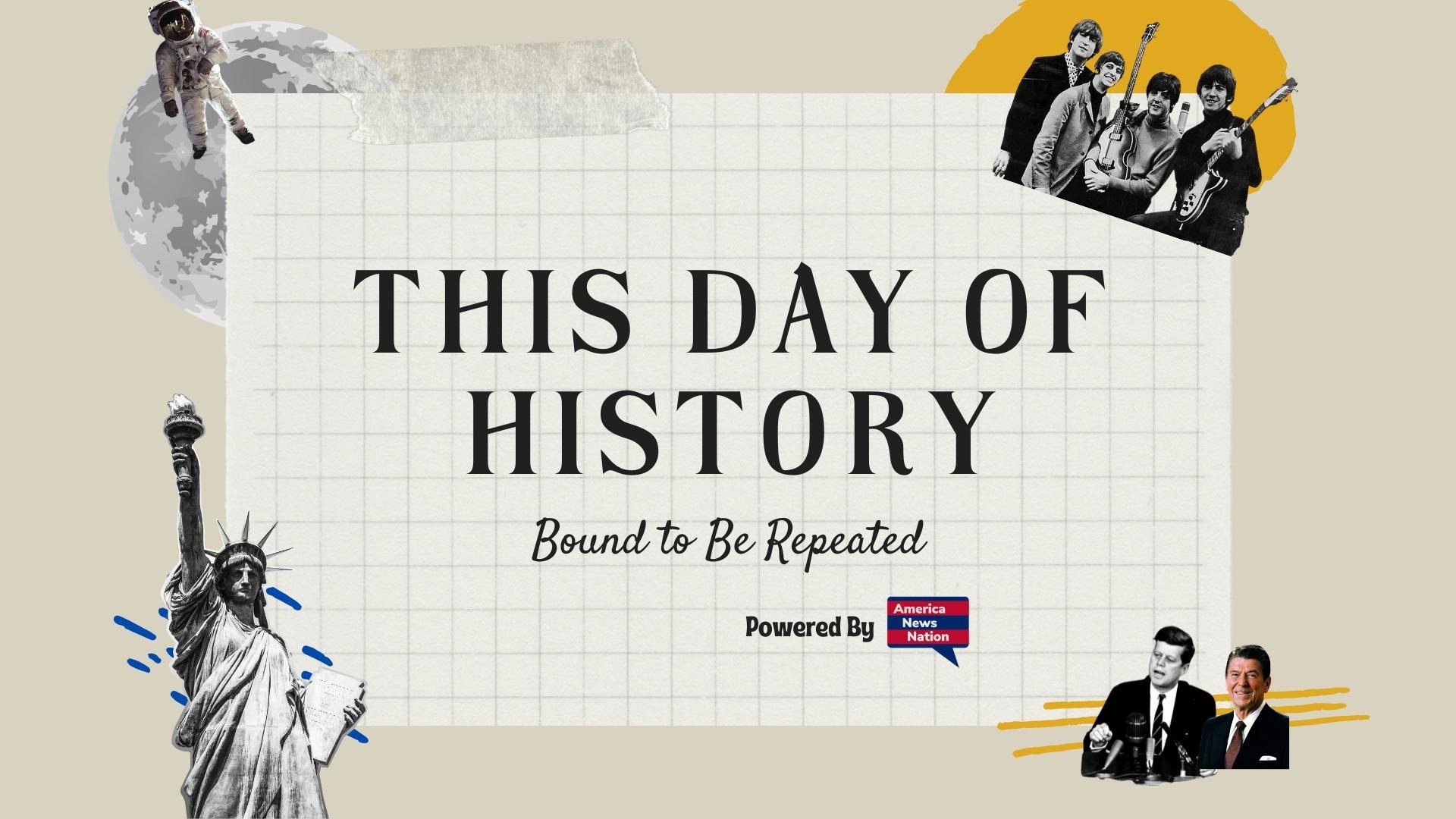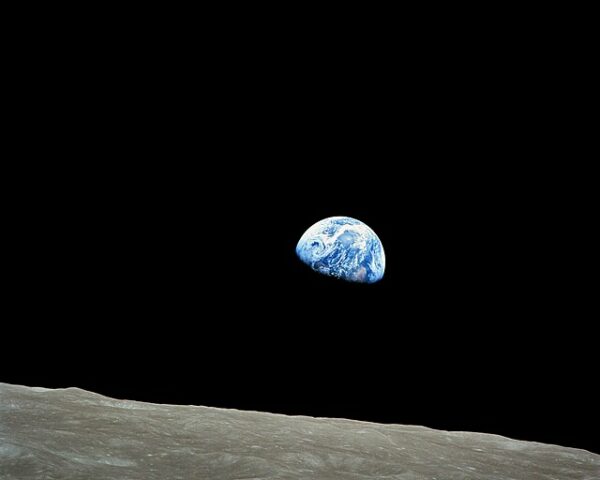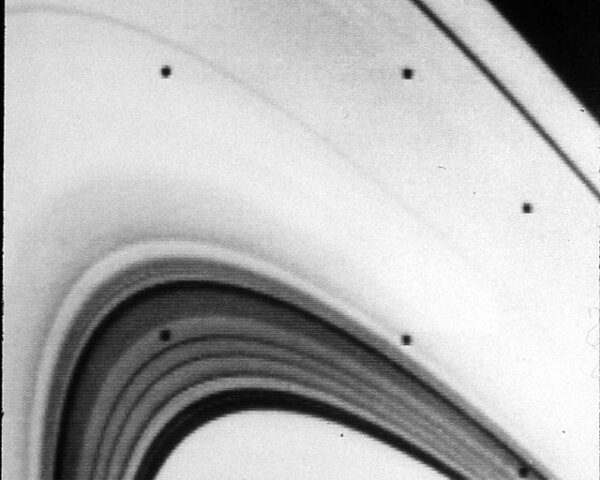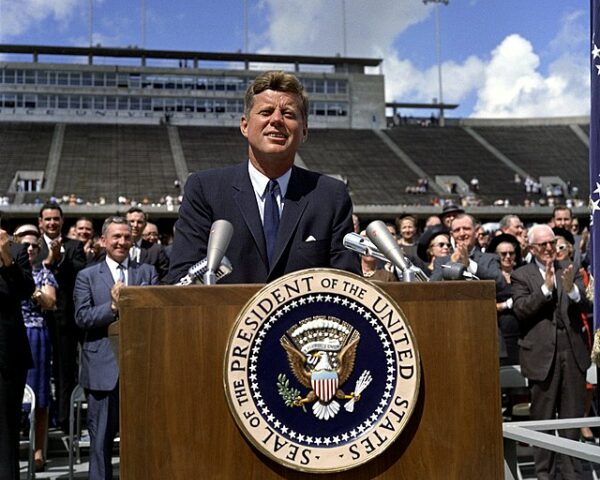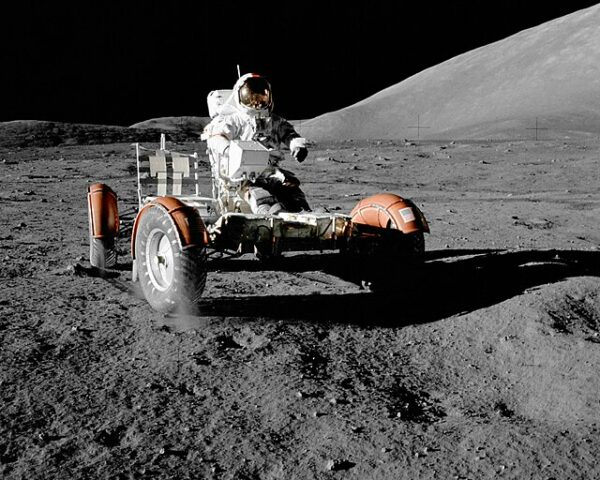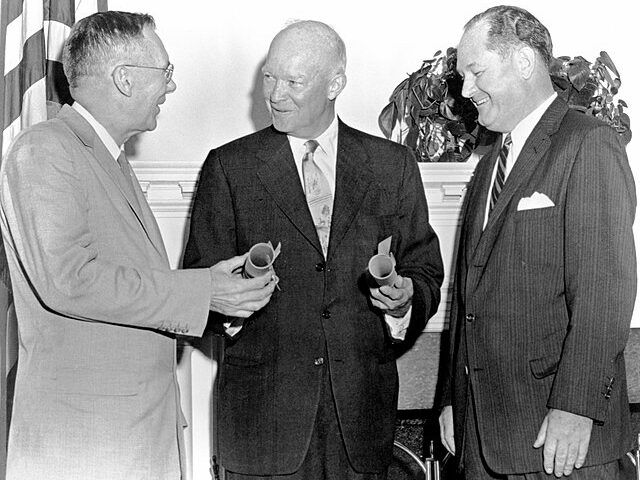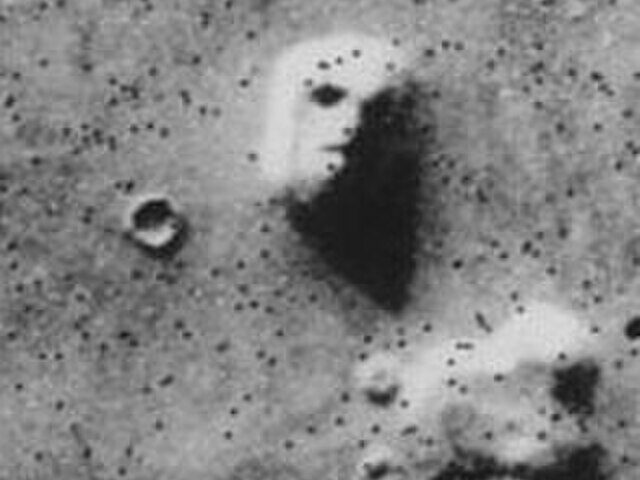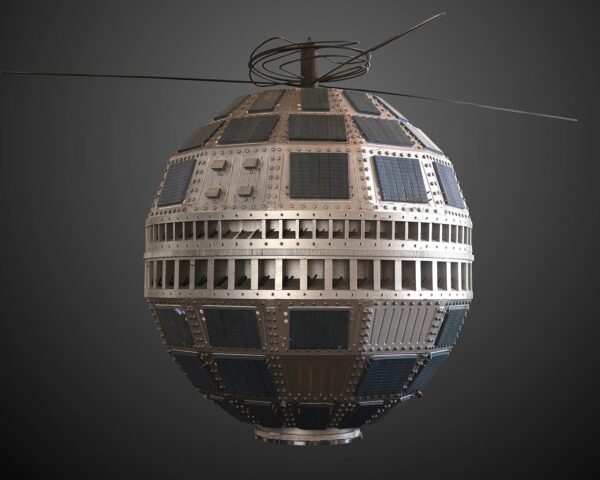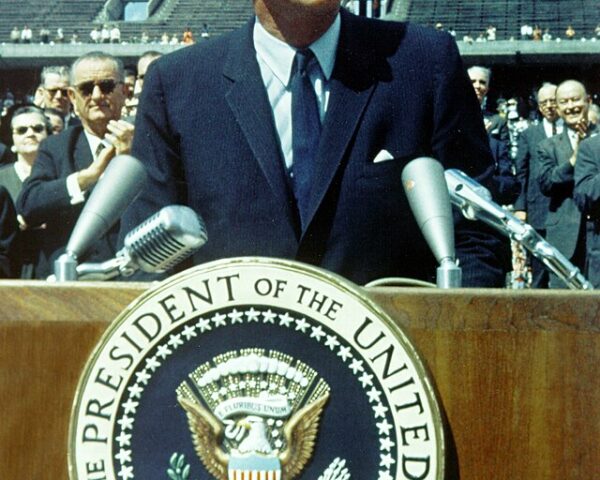On December 24, 1968, NASA launched Apollo 8, marking a monumental achievement in space exploration. Led by Commander Frank Borman, with Command Module Pilot James Lovell and Lunar Module Pilot William Anders, Apollo 8 became the first crewed spacecraft to leave Earth’s orbit, travel…
Read MoreThe Mars Rover Curiosity, a marvel of modern space exploration, embarked on its journey to the Red Planet with a historic launch on November 26, 2011. Launched as part of NASA’s Mars Science Laboratory mission, Curiosity aimed to unravel the mysteries of Mars and…
Read MoreVoyager 1’s close encounter with Saturn on November 12, 1980, marked a decisive turning point in humanity’s study of the outer solar system—a moment when a 1,800-pound machine, flung from Earth three years earlier, delivered images and measurements that fundamentally redefined scientific understanding of…
Read MoreOn September 12, 2013, NASA announced what many had long awaited but few dared to fully believe: Voyager 1, the space probe launched in 1977, had officially crossed the threshold into interstellar space. After nearly 36 years in flight, the little spacecraft that once…
Read MoreOn September 12, 1962, President John F. Kennedy set the course for American explanation in a way that had never been done before. His iconic “We Choose to Go to the Moon” speech at Rice University on set the stage for the 21st century…
Read MoreThe history of the lunar rover, an extraordinary feat of engineering, began with its debut on the moon on July 31, 1971, during the Apollo 15 mission. The Lunar Roving Vehicle (LRV), also known simply as the lunar rover, was a crucial development for…
Read MoreOn July 29, 1958, President Dwight D. Eisenhower signed the National Aeronautics and Space Act, establishing the National Aeronautics and Space Administration (NASA). This pivotal moment in history marked the beginning of a new era in space exploration and science, laying the groundwork for…
Read MoreOn July 25, 1976, during its thirty-sixth orbit around the red planet, NASA’s Viking 1 spacecraft snapped a black-and-white photograph that would ignite decades of speculation, myth-making, and scientific debate. The image—catalogued as frame 035A72—showed a portion of the Martian surface in the region…
Read MoreOn July 10, 1962, AT&T changed the way the world shares information, launching Telstar 1, the first active communications satellite. The launch highly-anticipated launch captivated people across the globe. As the Delta rocket thundered into the sky from Cape Canaveral, Florida, everyone held their…
Read MoreOn May 25, 1961, in a bold speech delivered before a special joint session of the United States Congress, President John F. Kennedy issued a challenge that would define a generation and redirect the trajectory of American science, industry, and global prestige. Speaking just…
Read More